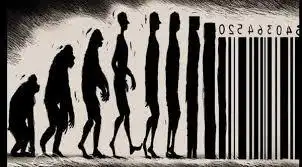Genius, -c ☭⚒🥁#

Fig. 3 Commodification. Dave Chappelle’s battle with a network that sought to commodify his name and essence “in perpetuity throughout the universe” is a modern allegory of alienation. This is not merely a legal dispute over contractual terms; it is a clash over the soul of artistry, the interplay of identity, morality, and meaning. Chappelle’s insistence that the integrity of an artist—their soul, mind, and body—cannot be separated reflects a rejection of the capitalist reduction of human creativity into an alienated product. Through the lens (yellow node) of neural network, we believe a person should own their autobiography, since art is essentially autobiography in its perspective. See also language#

